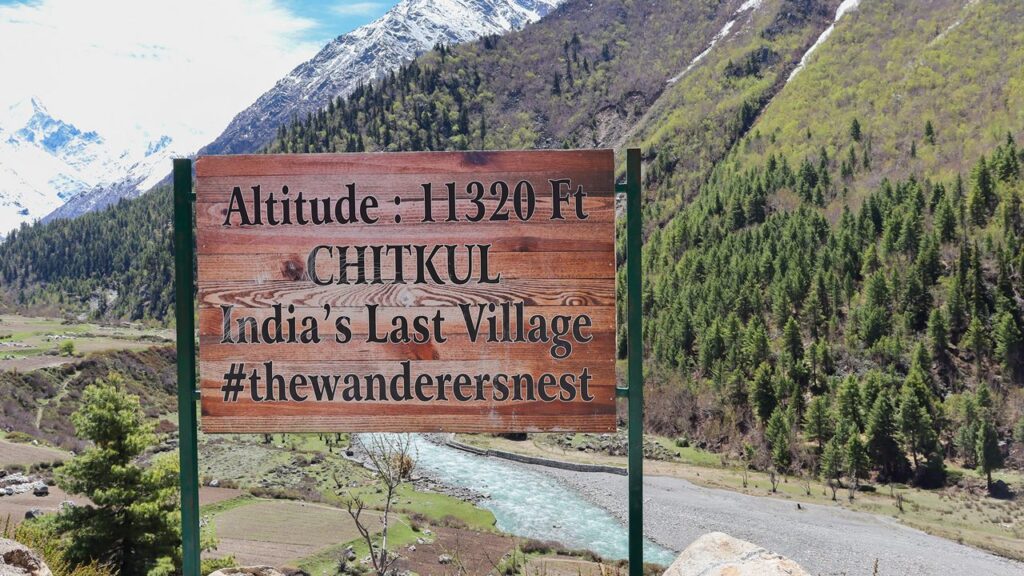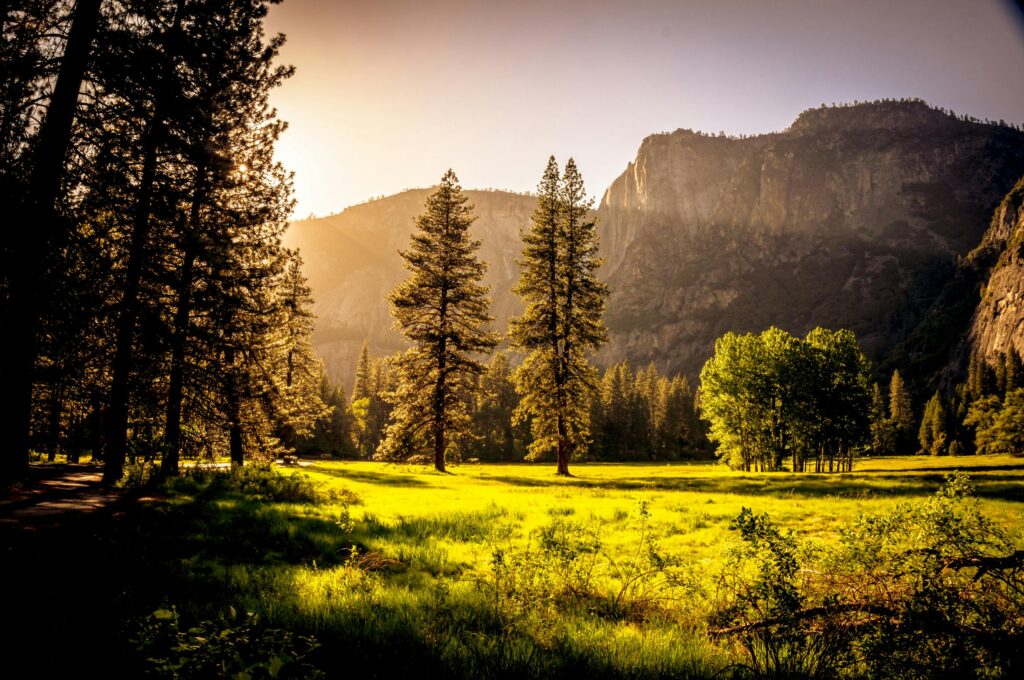Chitkul, Bordered in the heart of Himachal Pradesh’s Kinnaur district lies Chitkul, a place that is so much more than a distant village—it is a destination where tradition, history, and nature complement each other without effort. Chitkul boasts the reputation as India’s last inhabited village at the edge of the Indo-Tibetan border, where roads give way to the limitless Himalayas. A trip to Chitkul is not merely a quest to arrive at a place; it’s a quest to visit a world unscathed by contemporary chaos, where the air is fresh, the rivers are clean, and time unwinds to allow you to absorb the beauty that surrounds you.
The History of Chitkul
Chitkul is full of history, going back centuries. It was a part of the ancient Indo-Tibetan trade route, where traders used to come through the mountainous Himalayan trails to exchange commodities such as wool, salt, and barley. The village was a key stopover point before traders ventured into Tibet, and hence a major center of cultural exchange.
The inhabitants of Chitkul are members of the Kinnauri tribe, a distinct ethnic group with strong roots in Hindu and Tibetan Buddhist cultures. Their lifestyle has not changed much over the centuries. The Mathi Devi Temple, constructed more than 500 years ago, is one of the most revered religious places in the village. Legend has it that Goddess Mathi came from Garam Pani in Uttarakhand to bless Chitkul so that the inhabitants here would prosper. Even today, villagers come to the temple to receive her blessings before they undertake any major trips or celebrations.
Prior to the Indo-China War of 1962, businessmen used to move freely between India and Tibet. But post-war, the border was closed, and Chitkul was the last village accessible on the Indian side. This history lends an aura of mystery to the village, and hence it is even more interesting for tourists.
Why Chitkul is Famous
1 The Last Inhabited Village Before the Indo-Tibetan Border
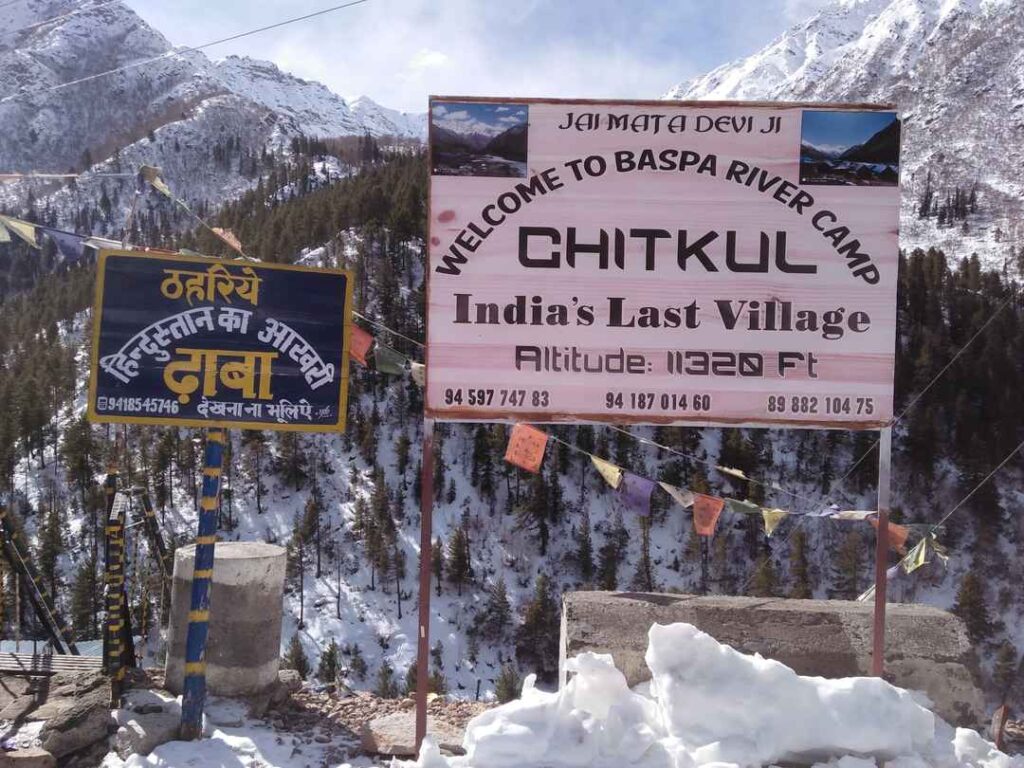
Looking from the edge of Chitkul, you are aware that you are at the end of India where civilians are allowed to travel before the border. After this, only the Indo-Tibetan Border Police (ITBP) and the Himalayas block the path between India and Tibet. Therefore, Chitkul is a destination for people who wish to feel the thrill of traveling to the end of the road in India.
2 Scenic Natural Beauty
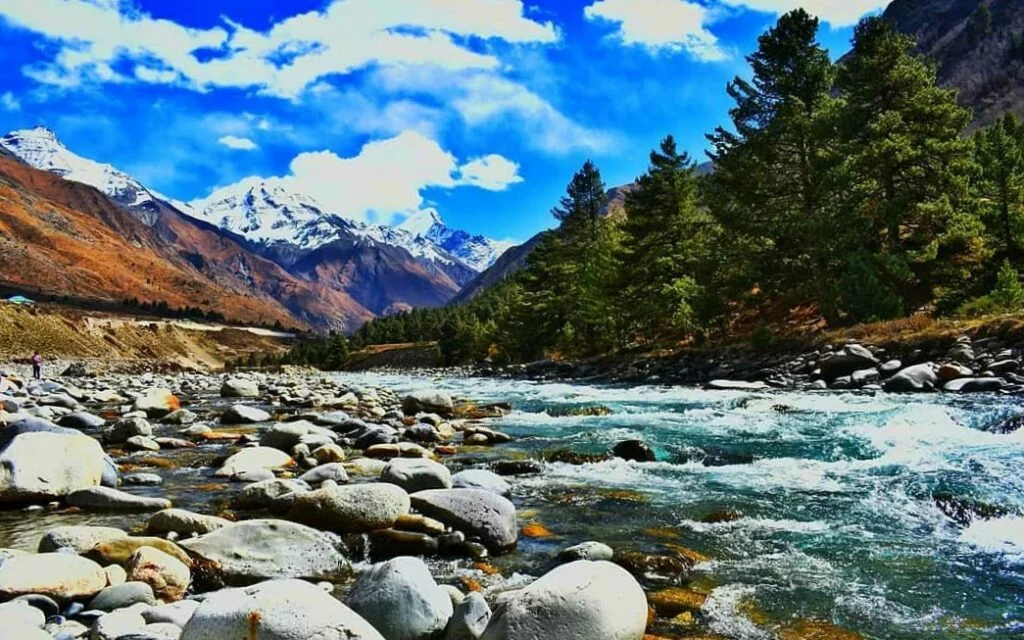
Set against the rugged backdrop of the Baspa Valley, Chitkul is surrounded by snow-covered peaks, thick forests, and the crystal blue Baspa River that winds its way through the valley. The topography shifts with the seasons—rolling green meadows in the summer, golden fields in autumn, and a winter wonderland when snow covers the village. The fresh mountain air and the peaceful atmosphere make it a heaven for nature enthusiasts and photographers.
3 Chitkul’s Famous Potatoes

Did you know that the best-quality potatoes in the world are produced in Chitkul? The cold climate at high altitude and pristine Himalayan soil help make them richer in taste. So beloved are these potatoes that they are exported abroad and even find their way into the elite hotels of India.
4 A Living Heritage of Kinnauri Culture
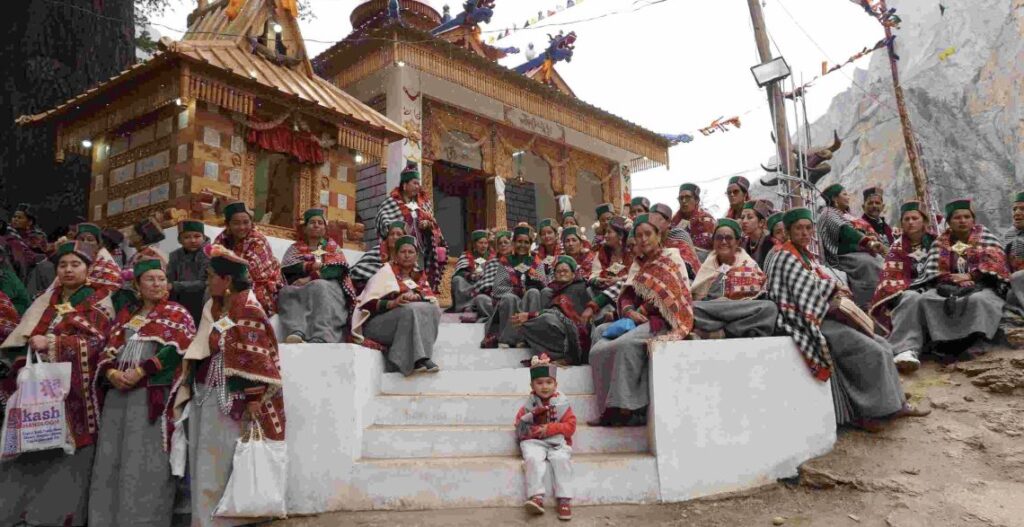
Chitkul’s wooden houses, slanted slate roofs, and elaborately carved doors reflect traditional Kinnauri architecture. The villagers continue to sport their unique green woolen caps, a reflection of Kinnauri identity. Hospitality is deeply rooted in their culture—guests are often greeted warmly and served traditional buckwheat pancakes (chilta) and hot butter tea.
5 Adventure & Trekking Opportunities
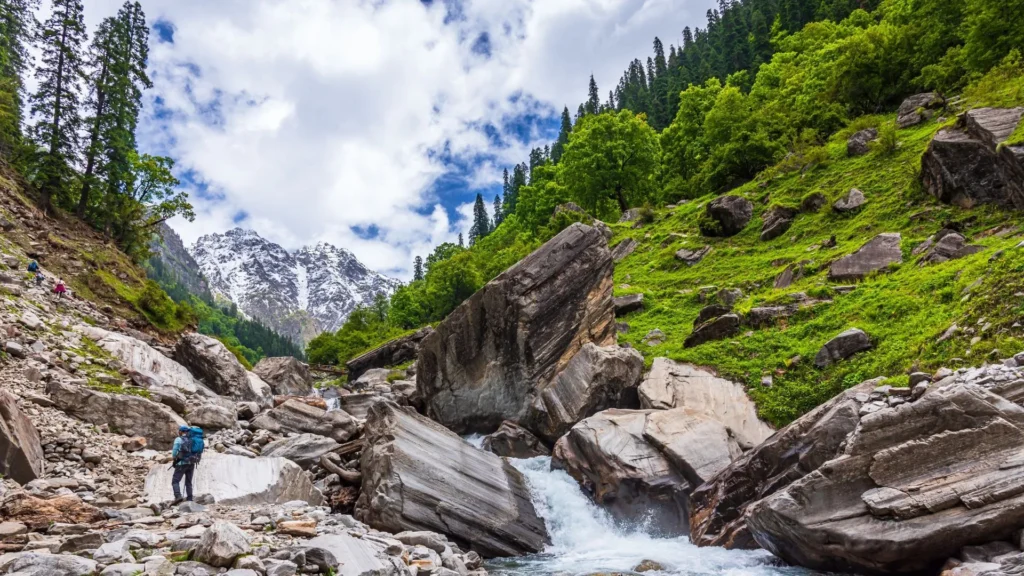
Chitkul is a gateway to the most beautiful Himalayan treks:
Lamkhaga Pass Trek (between Himachal Pradesh and Uttarakhand)
Rupin Pass Trek (one of the most picturesque high-altitude treks)
Nagasti ITBP Camp Trek (providing scenic border vistas)
Trekkers can have a lifetime experience in these routes set amidst untouched surroundings.
6 Chitkul Mathi Devi Temple
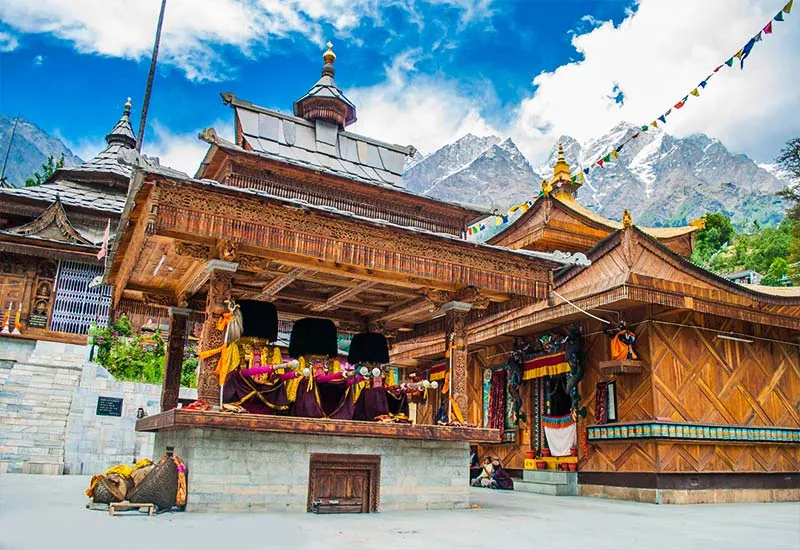
The Mathi Devi Temple is the religious hub of the village. Constructed with wood and stone, the temple portrays both Hindu and Tibetan Buddhist elements. The goddess Mathi Devi is thought to be the protector of the village, and the temple continues to be a hub for local festivities and rituals. The visit to this temple provides an insight into the religious life of Chitkul’s inhabitants.
The Best Time to Visit Chitkul
Summer (April – June)
The ideal time to visit Chitkul is in the summer season when the roads are open, and the weather is good. The valley is filled with flowers in bloom, and the meadows are green.
Monsoon (July – September)
Though the valley appears very beautiful with misty mountains, the danger of landslides makes it difficult to travel.
Winter (October – March)
Chitkul receives heavy snowfall, usually making it unreachable. But if you are fond of winter scenes and can bear the harsh cold, it’s a time to visit when things are magical.
How to Get to Chitkul
By Road
From Chandigarh: 350 km (approximately 10-12 hours)
From Shimla: 250 km (approximately 7-8 hours)
Closest big town: Sangla, 24 km from Chitkul
By Air
The nearest airport is Shimla’s Jubbarhatti Airport, 250 km from Chitkul.
By Rail
The closest railway station is Kalka, 280 km away. From there, one can take a taxi or bus to Chitkul.
Where to Stay in Chitkul
Though a remote village, Chitkul has some comfortable guesthouses, homestays, and campsites. Some of the popular ones are:
Zostel Chitkul (for backpackers)
The Wanderers Nest (for a comfortable stay)
Local homestays (for an authentic Kinnauri experience)
Camping along the Baspa River is another excellent choice for adventure lovers
